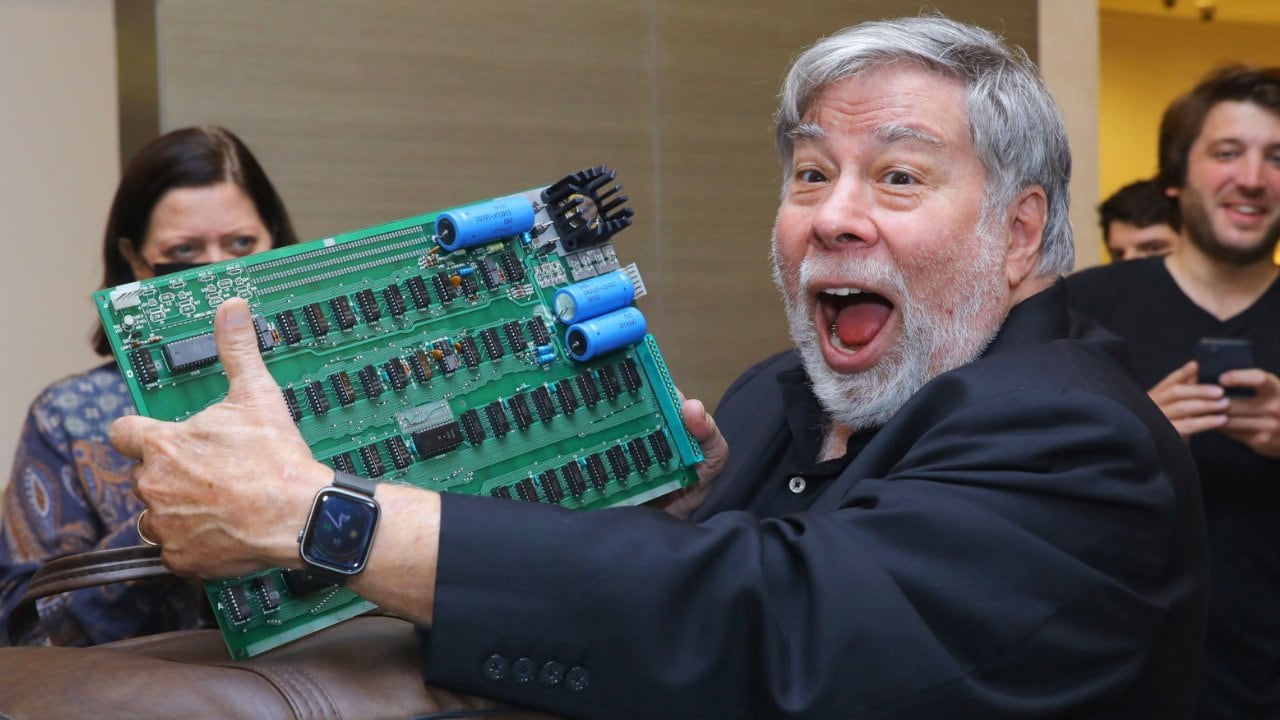 April 12, 1976: Apple’s third co-founder, a former Atari colleague of Steve Wozniak’s named Ron Wayne, cashes in his Apple shares for just $800.
April 12, 1976: Apple’s third co-founder, a former Atari colleague of Steve Wozniak’s named Ron Wayne, cashes in his Apple shares for just $800.
Wayne, who owns a 10% stake in the company, throws in the towel after worrying that he doesn’t have the time or energy to properly invest in Apple. He later receives an extra $1,500 check to seal the deal. When he cashes it, he loses out on an investment that could have been worth billions.
“I was 40 and these kids were in their 20s,” Wayne told Cult of Mac decades later, referring to Wozniak and Steve Jobs. “They were whirlwinds — it was like having a tiger by the tail. If I had stayed with Apple I probably would have wound up the richest man in the cemetery.”
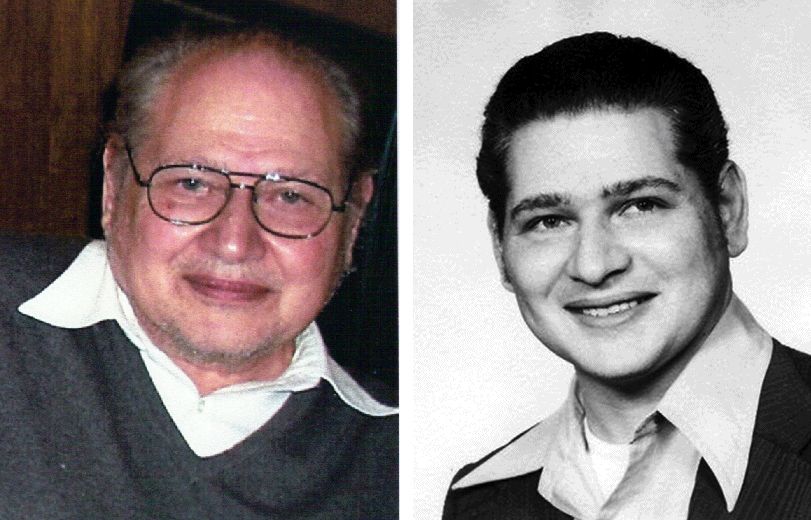
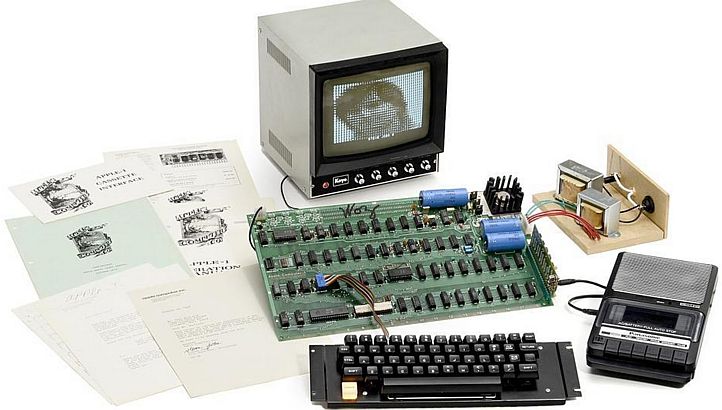
 April 11, 1976: Apple releases its first computer, the Apple-1.
April 11, 1976: Apple releases its first computer, the Apple-1.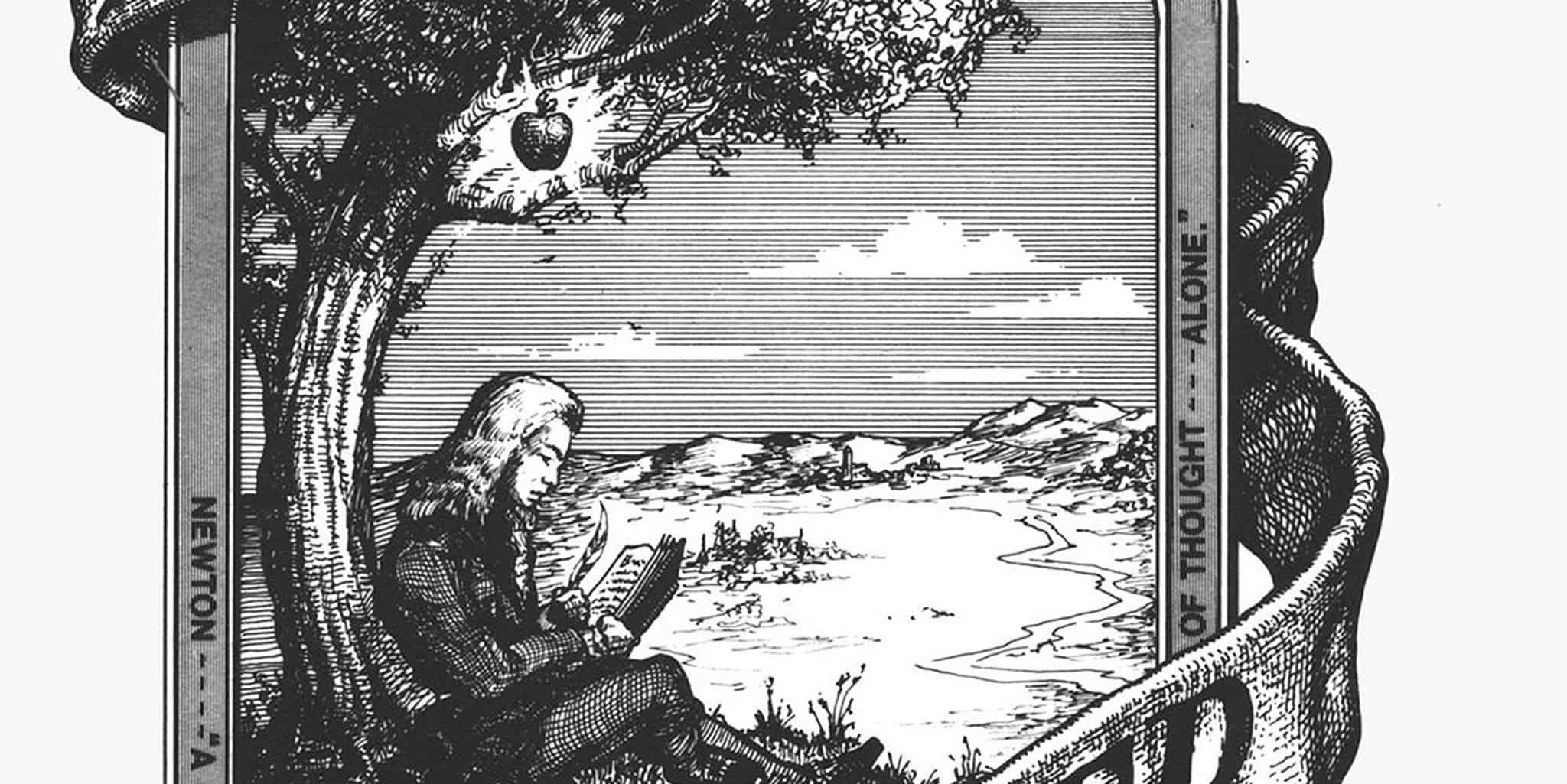
 April 1, 1976: The Apple Computer Company is founded by Steve Jobs, Steve Wozniak and Ronald Wayne. The trio sets out to sell the $666
April 1, 1976: The Apple Computer Company is founded by Steve Jobs, Steve Wozniak and Ronald Wayne. The trio sets out to sell the $666 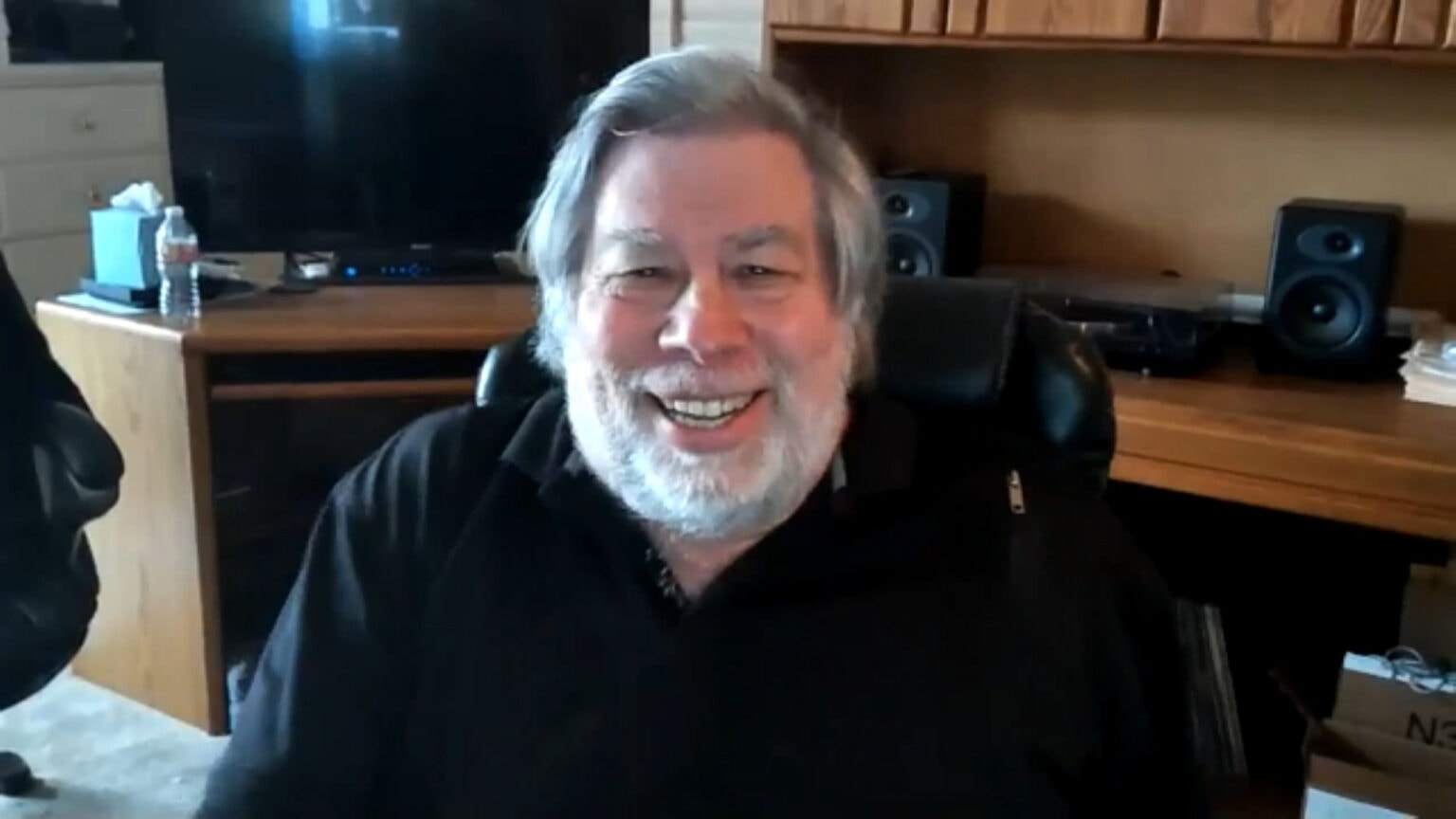
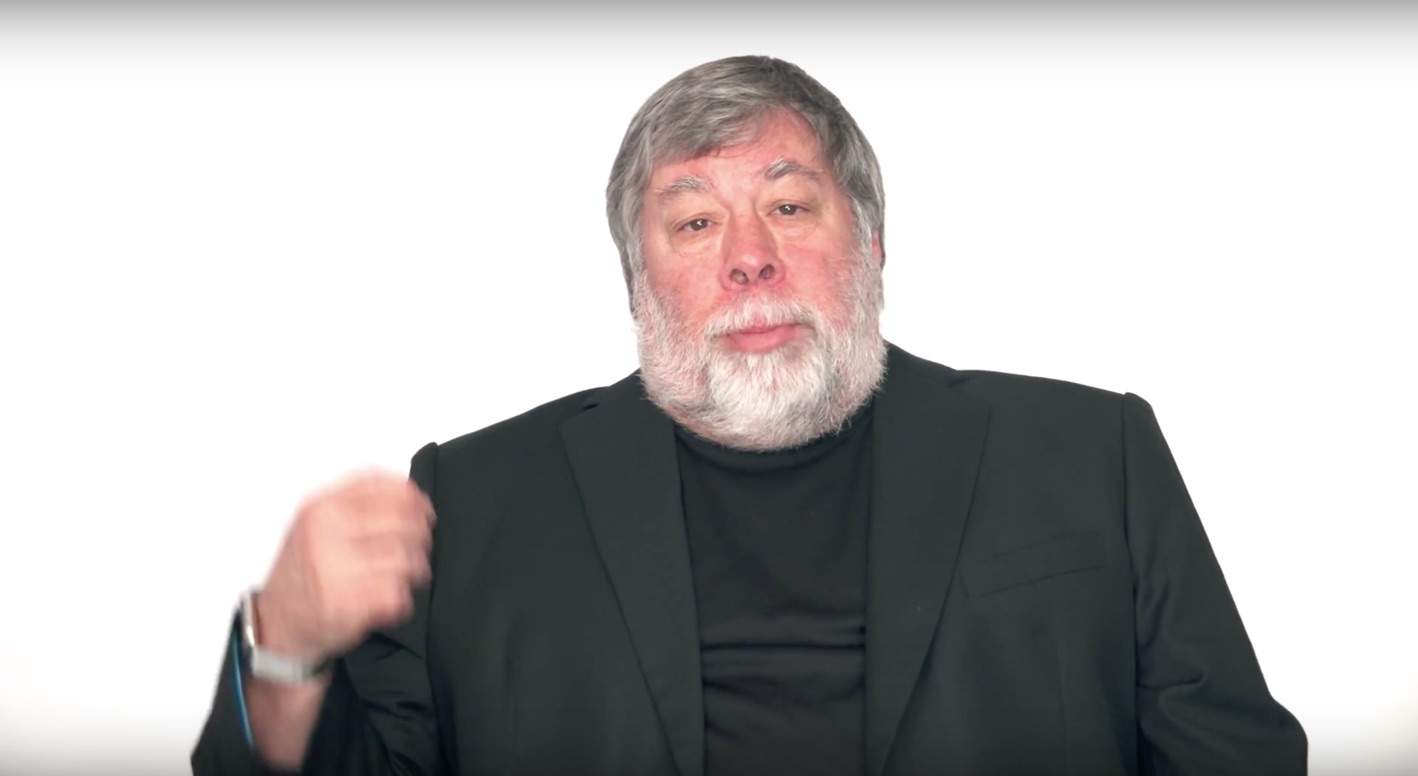
 February 7, 1981: Apple co-founder Steve Wozniak is involved in a serious plane crash in California, resulting in his first lengthy leave of absence from the company.
February 7, 1981: Apple co-founder Steve Wozniak is involved in a serious plane crash in California, resulting in his first lengthy leave of absence from the company.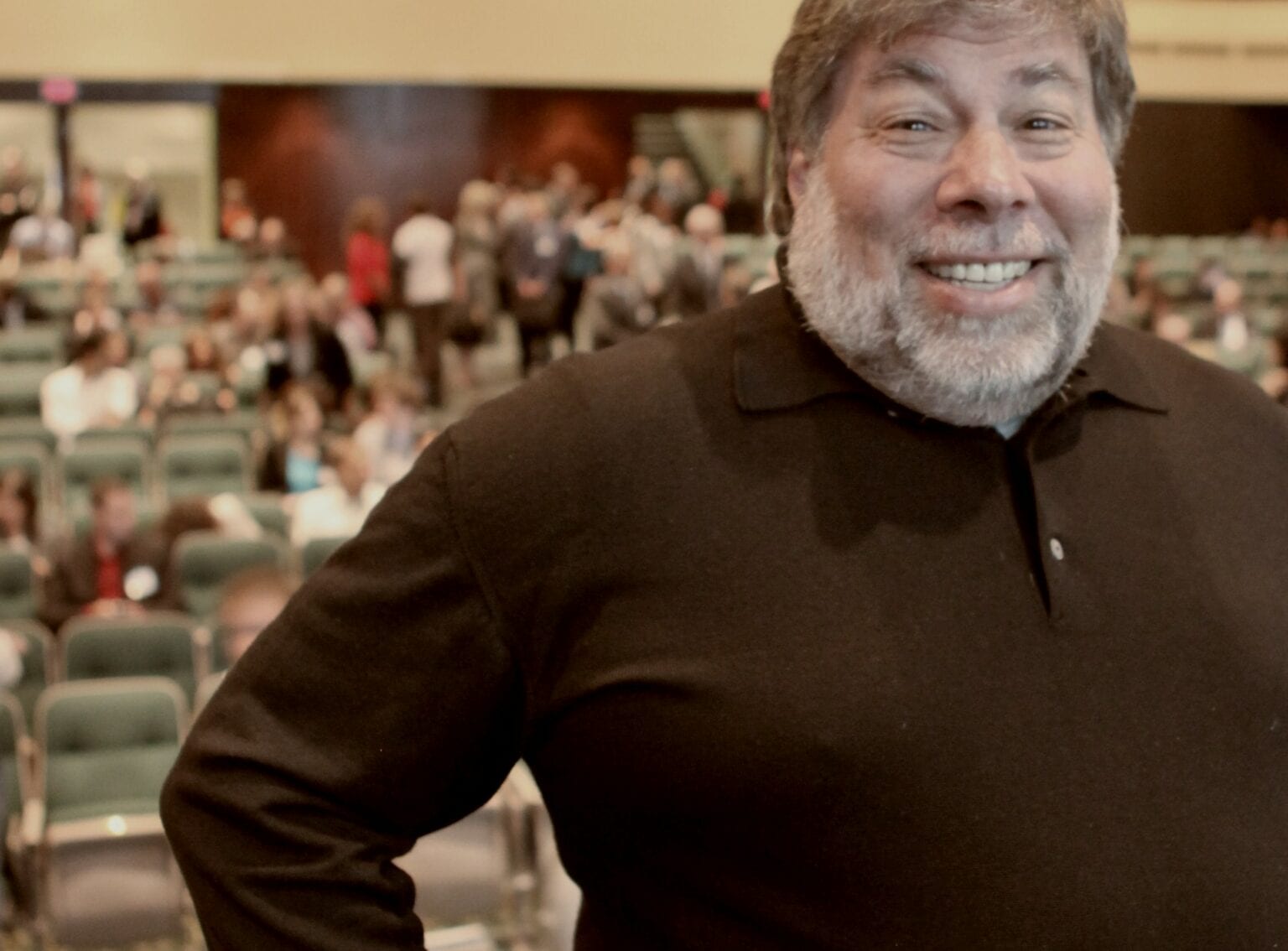
 February 6, 1985: Frustrated by Apple’s shifting priorities, co-founder Steve Wozniak leaves the company to pursue outside interests.
February 6, 1985: Frustrated by Apple’s shifting priorities, co-founder Steve Wozniak leaves the company to pursue outside interests.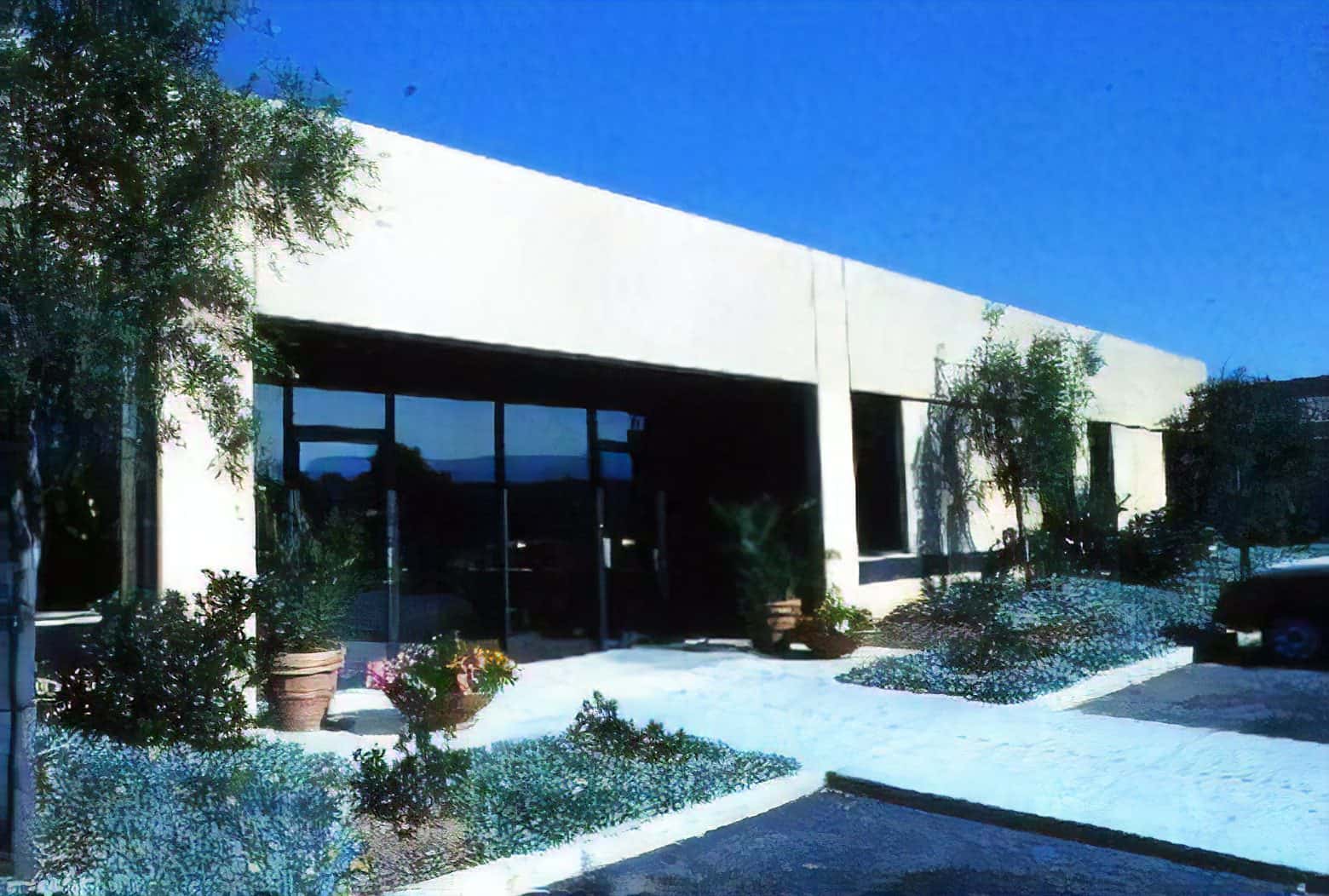
 January 28, 1978: Apple Computer occupies “Bandley 1,” its first custom-built office, giving the company a bespoke business center to house its growing operations.
January 28, 1978: Apple Computer occupies “Bandley 1,” its first custom-built office, giving the company a bespoke business center to house its growing operations.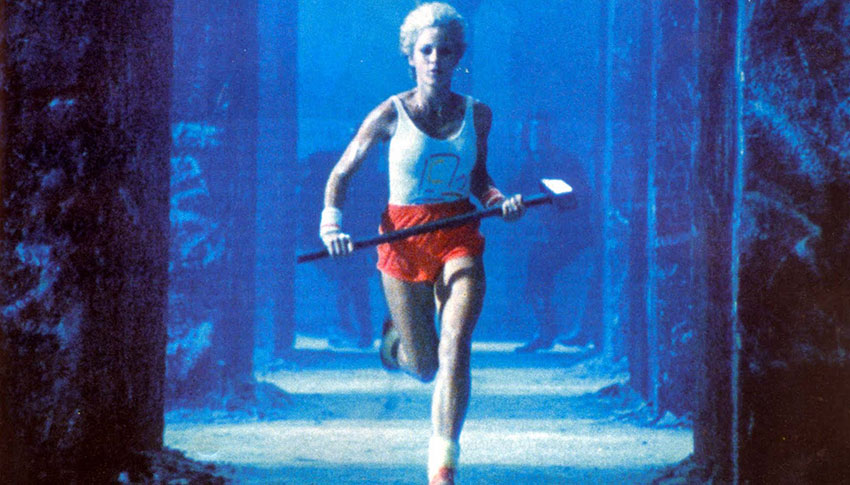
 January 22, 1984: Apple’s stunning “1984” commercial for the Macintosh 128K airs on CBS during the third quarter of Super Bowl XVIII.
January 22, 1984: Apple’s stunning “1984” commercial for the Macintosh 128K airs on CBS during the third quarter of Super Bowl XVIII.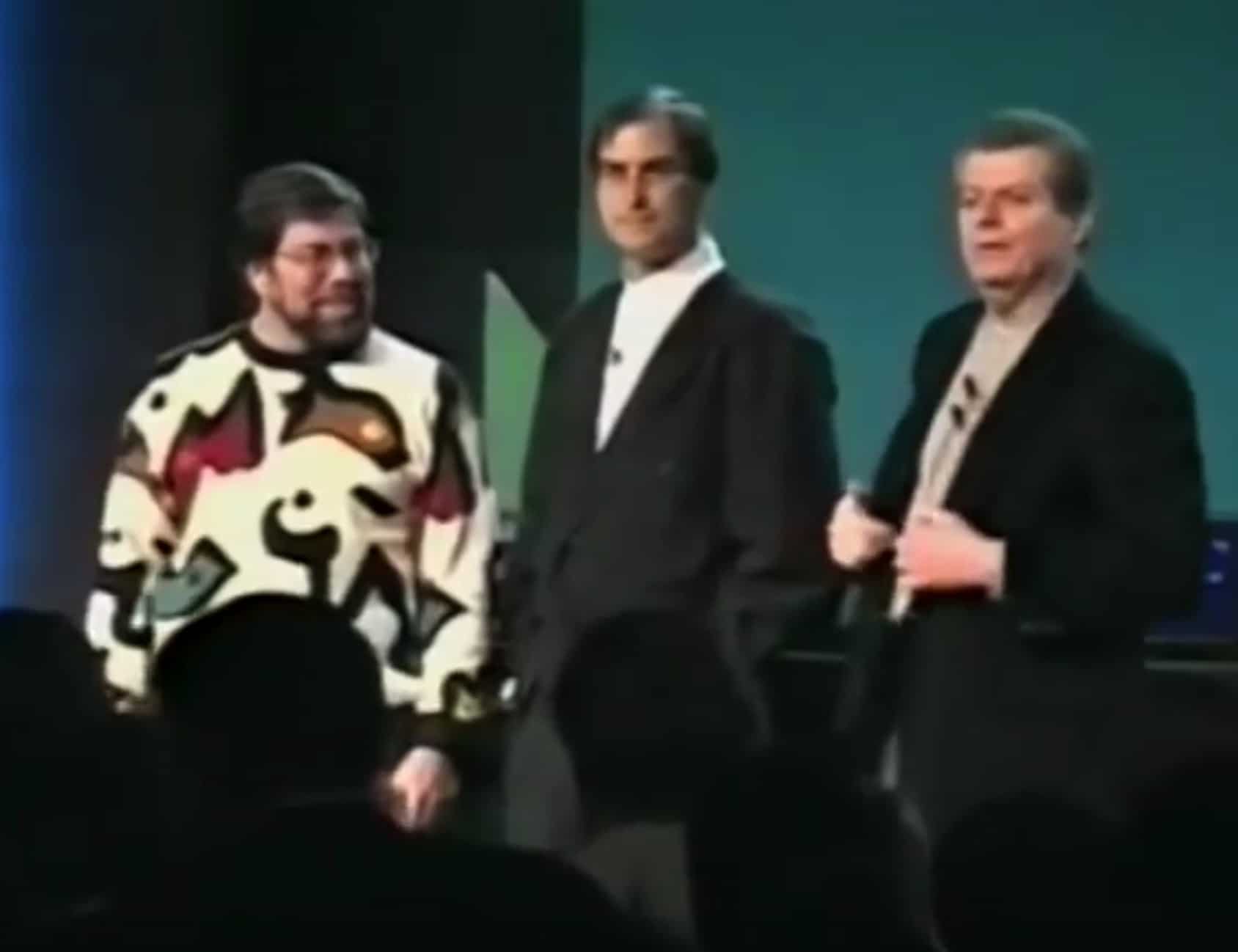
 January 7, 1997: Steve Wozniak returns to Apple to participate in an advisory role, reuniting with co-founder Steve Jobs onstage at the Macworld Expo in San Francisco.
January 7, 1997: Steve Wozniak returns to Apple to participate in an advisory role, reuniting with co-founder Steve Jobs onstage at the Macworld Expo in San Francisco.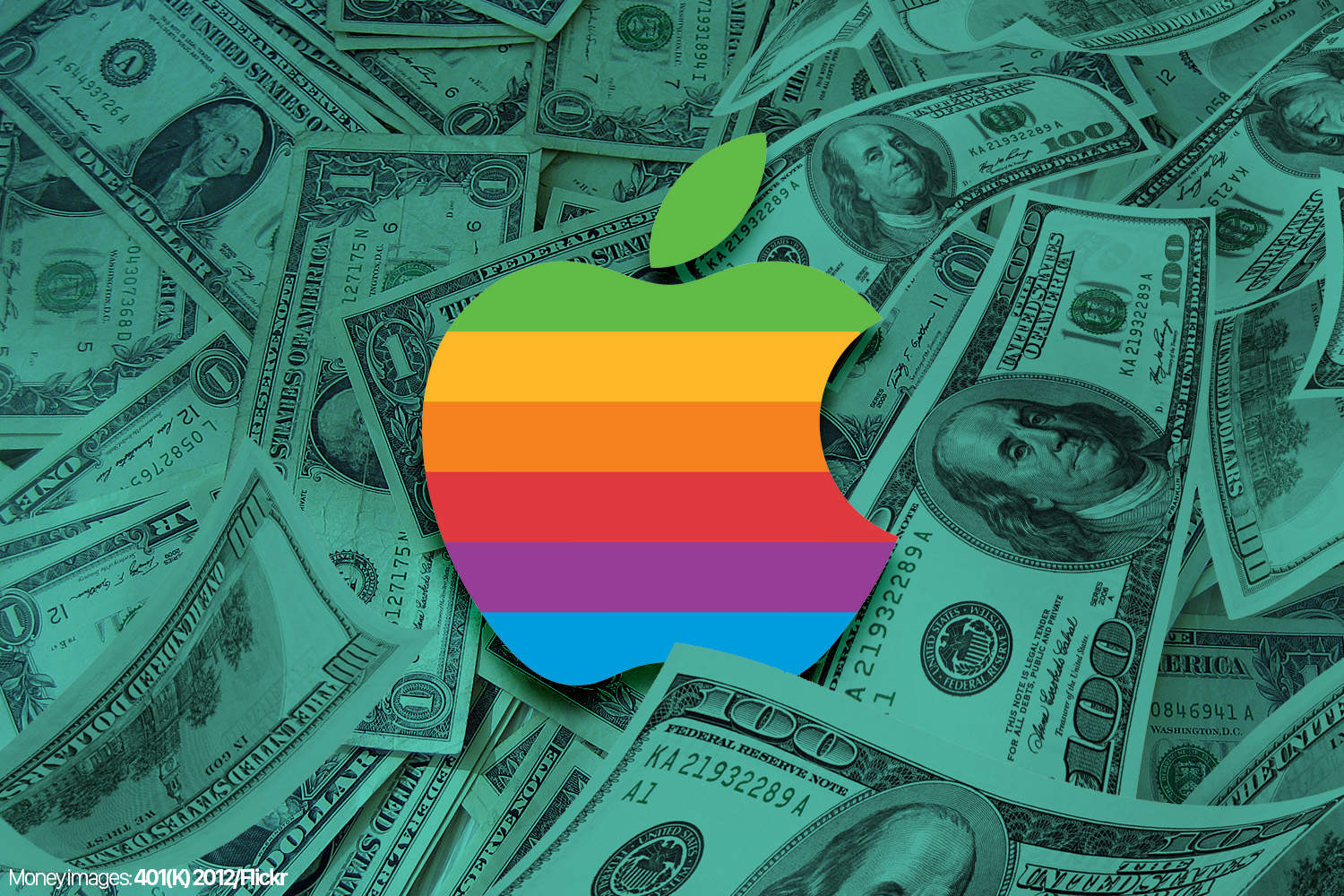
 January 3, 1977: Apple Computer Co. is officially incorporated, with Steve Jobs and Steve Wozniak listed as co-founders.
January 3, 1977: Apple Computer Co. is officially incorporated, with Steve Jobs and Steve Wozniak listed as co-founders. December 12, 1980: Apple goes public, floating 4.6 million shares on the stock market at $22 per share. The Apple IPO is the biggest tech public offering of its day, and more than 40 out of 1,000 Apple employees become instant millionaires.
December 12, 1980: Apple goes public, floating 4.6 million shares on the stock market at $22 per share. The Apple IPO is the biggest tech public offering of its day, and more than 40 out of 1,000 Apple employees become instant millionaires.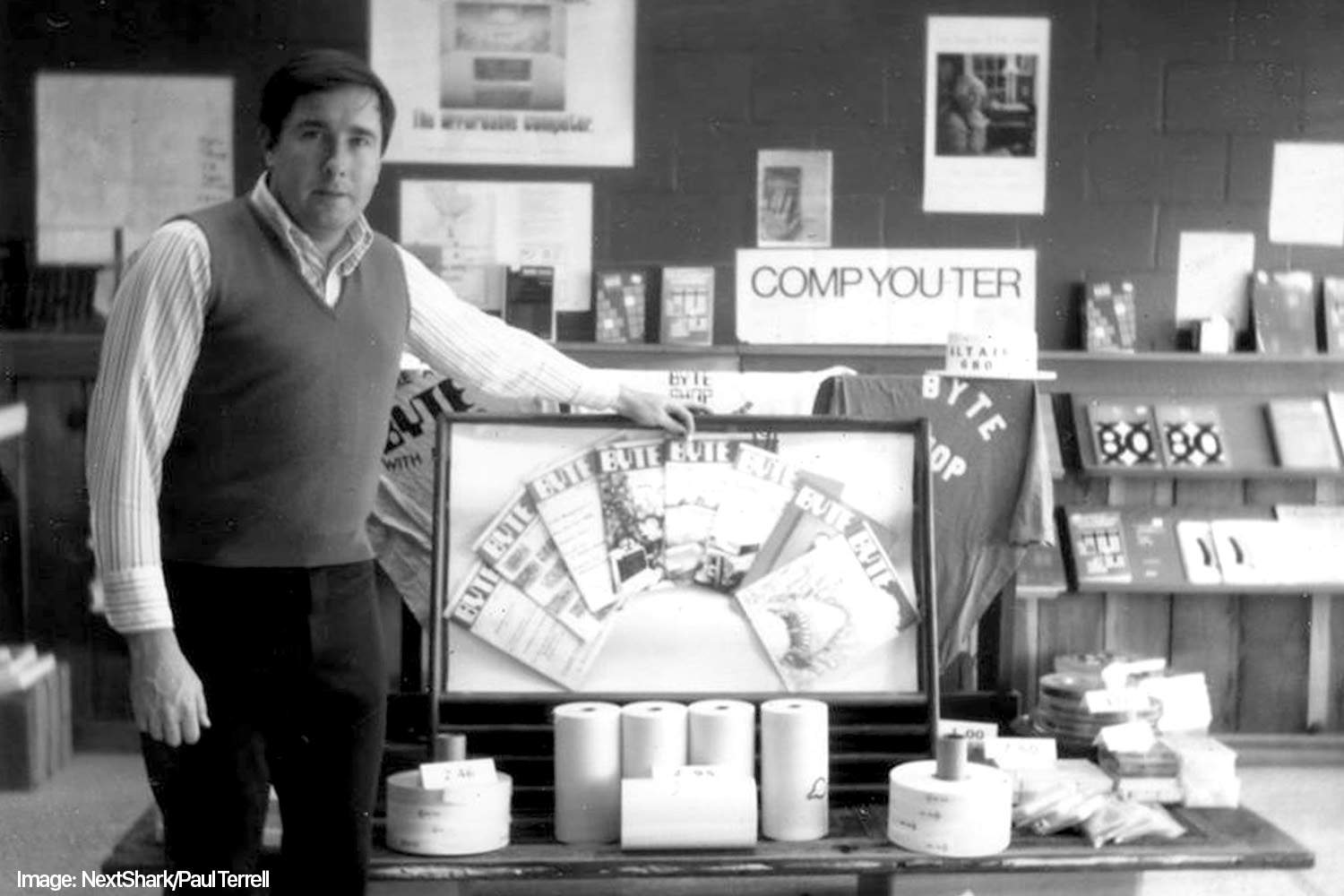
 December 8, 1975: San Francisco Bay Area entrepreneur Paul Terrell opens The Byte Shop, one of the world’s first computer stores — and the first to sell an Apple computer.
December 8, 1975: San Francisco Bay Area entrepreneur Paul Terrell opens The Byte Shop, one of the world’s first computer stores — and the first to sell an Apple computer.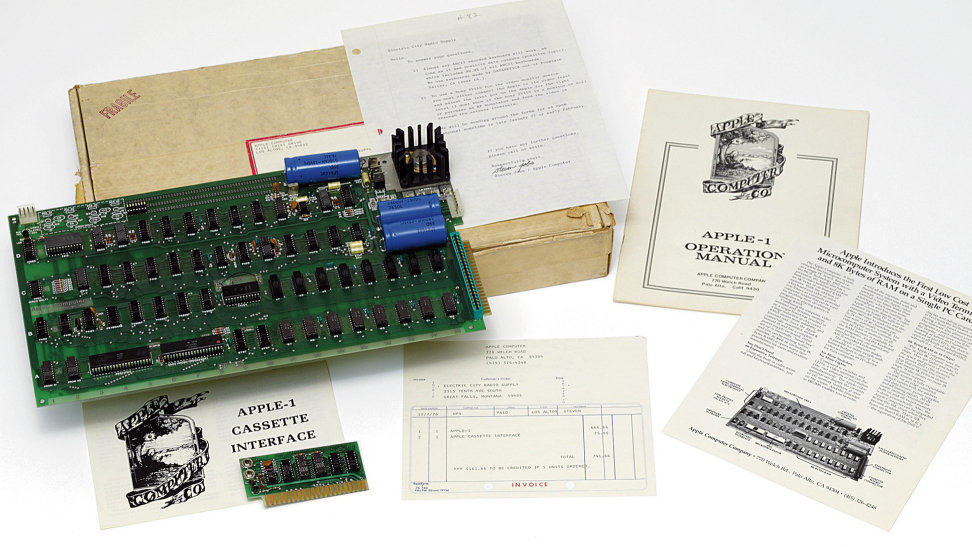
 November 23, 2010: An early Apple-1 computer, complete with its original packaging and a letter signed by Steve Jobs, sells for $210,000.
November 23, 2010: An early Apple-1 computer, complete with its original packaging and a letter signed by Steve Jobs, sells for $210,000.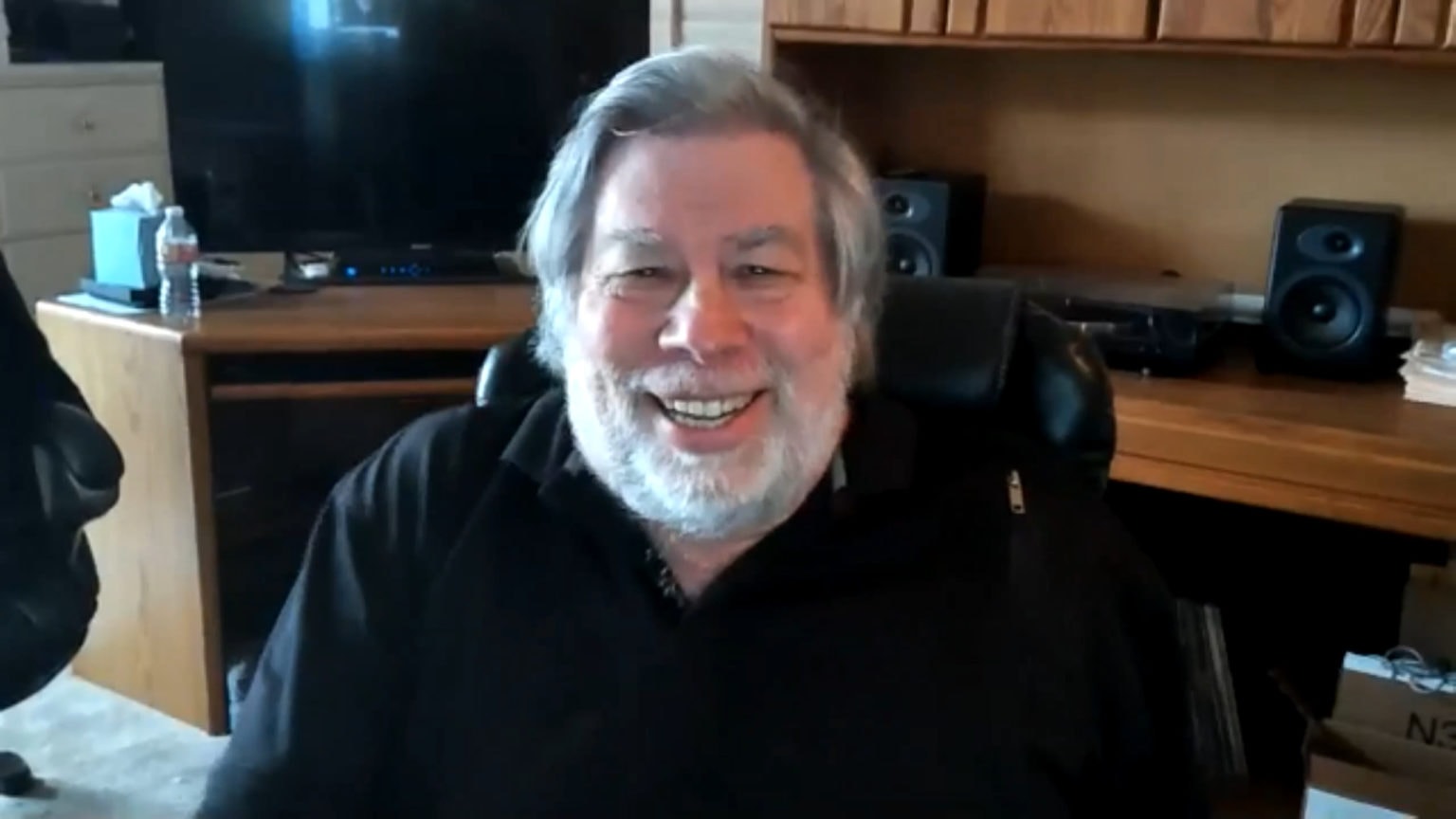
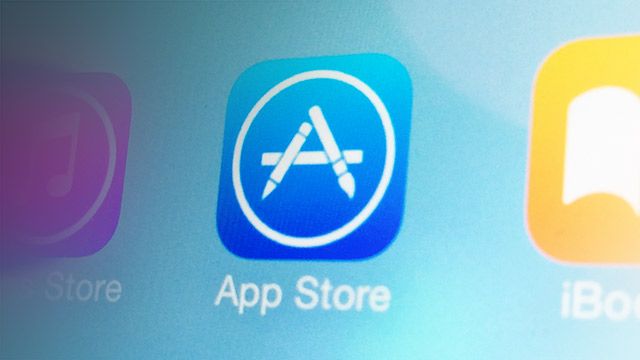
 October 22, 2008: During an Apple conference call, Steve Jobs reveals that a user downloaded the 200 millionth app from the App Store that very day.
October 22, 2008: During an Apple conference call, Steve Jobs reveals that a user downloaded the 200 millionth app from the App Store that very day.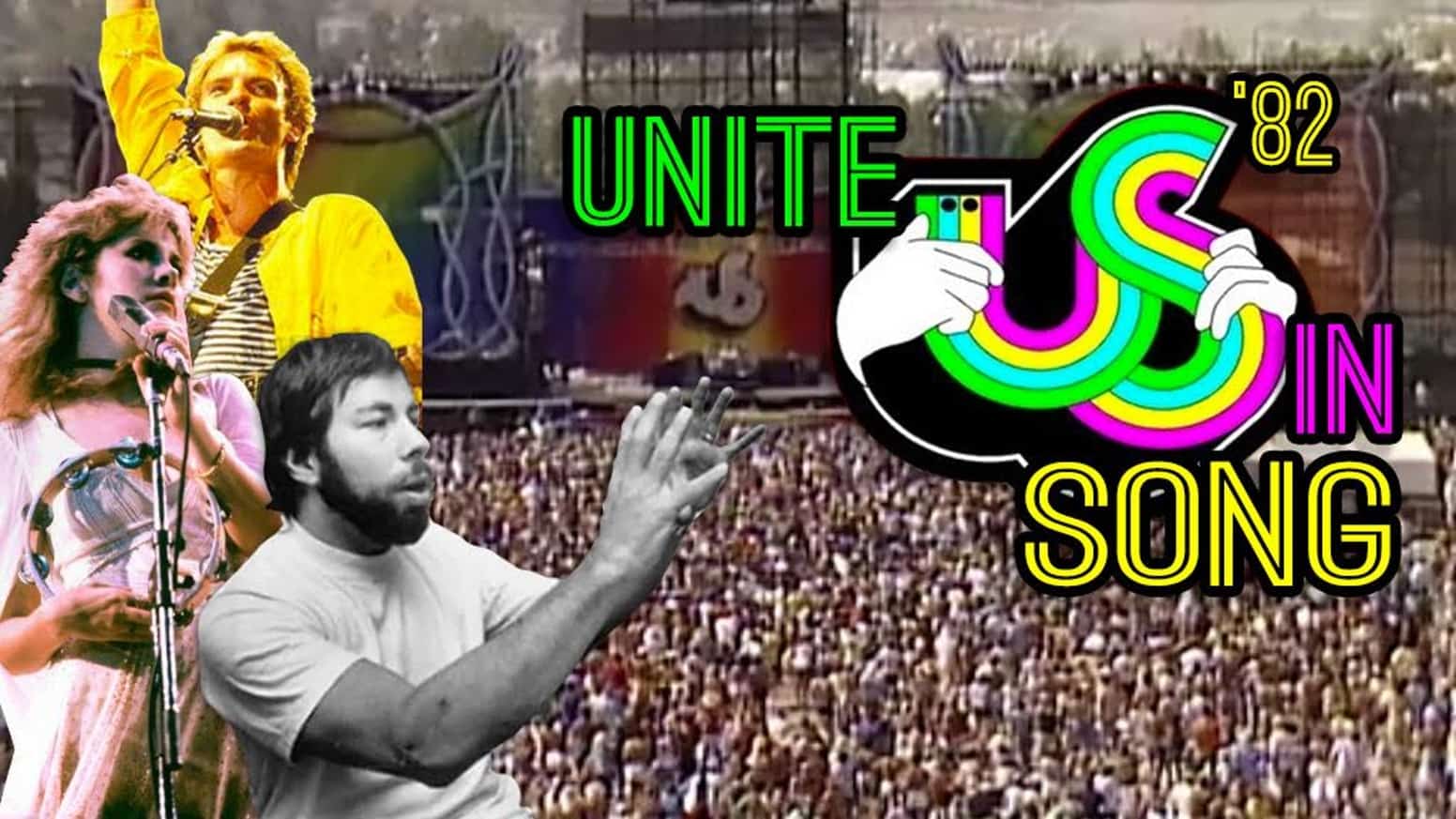
 September 3, 1982: The Us Festival, an extravagant music and technology event staged by Apple co-founder Steve Wozniak, kicks off in California. The festival costs $8 million to stage, and boasts appearances from some of the biggest musical acts of the day.
September 3, 1982: The Us Festival, an extravagant music and technology event staged by Apple co-founder Steve Wozniak, kicks off in California. The festival costs $8 million to stage, and boasts appearances from some of the biggest musical acts of the day.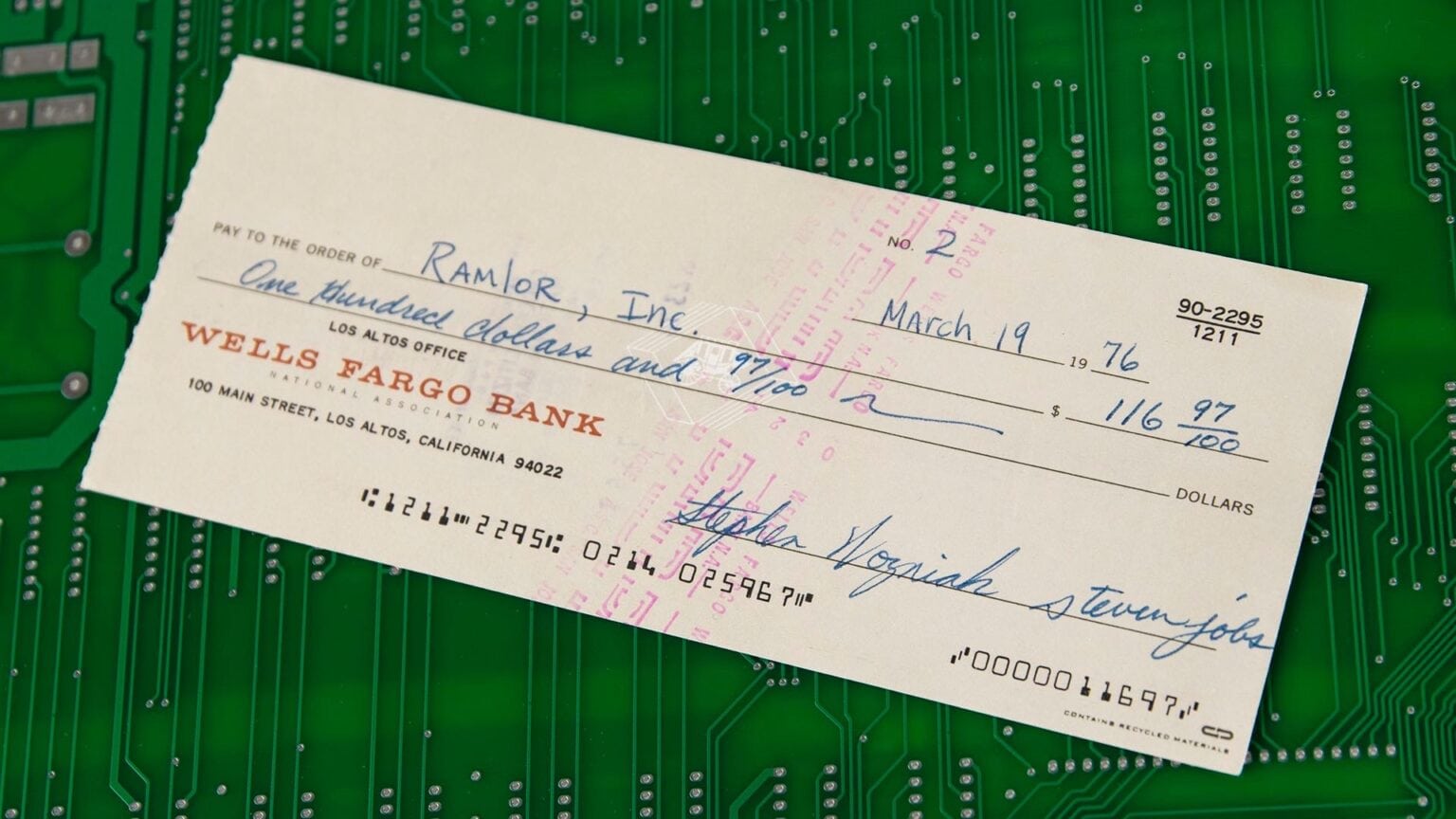
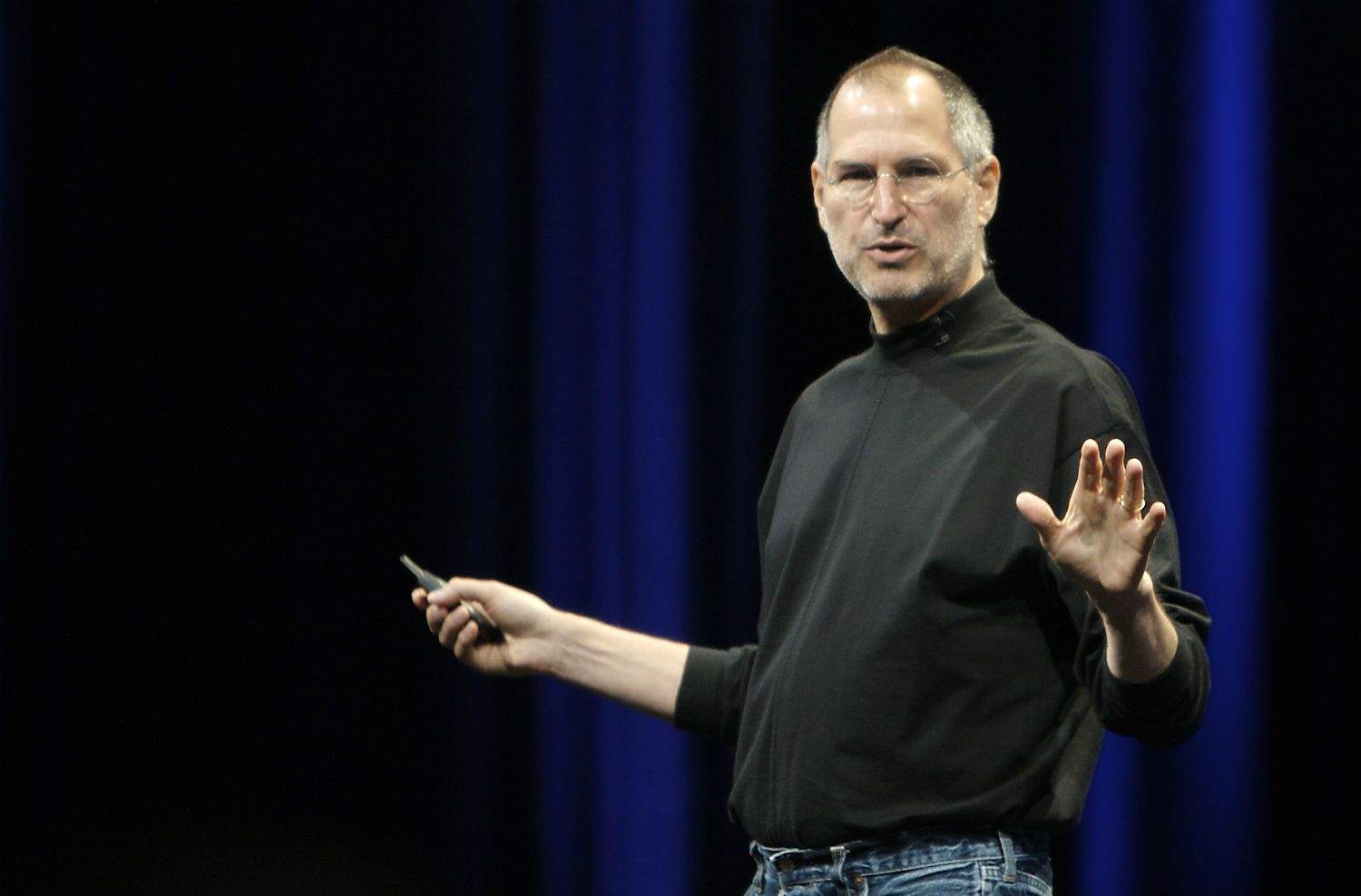
 July 8, 1997: Steve Jobs begins his path to becoming chief executive officer of Apple, after former CEO Gil Amelio
July 8, 1997: Steve Jobs begins his path to becoming chief executive officer of Apple, after former CEO Gil Amelio 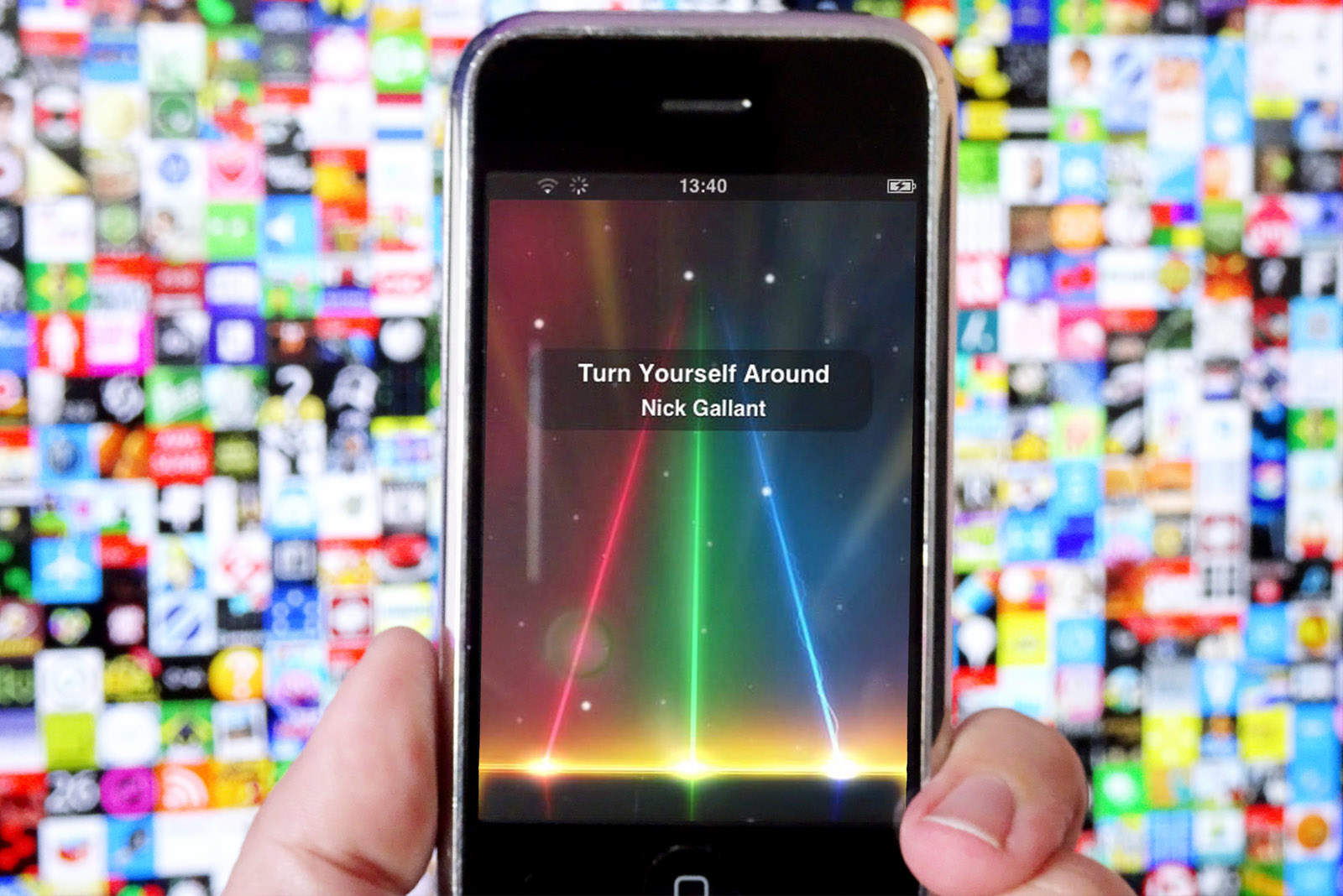
 June 26, 2008: Apple sends an email to developers, calling for software that will be distributed in the forthcoming App Store.
June 26, 2008: Apple sends an email to developers, calling for software that will be distributed in the forthcoming App Store.
 June 1, 1978: Apple launches the Disk II floppy drive, one of the company’s most important peripherals ever.
June 1, 1978: Apple launches the Disk II floppy drive, one of the company’s most important peripherals ever.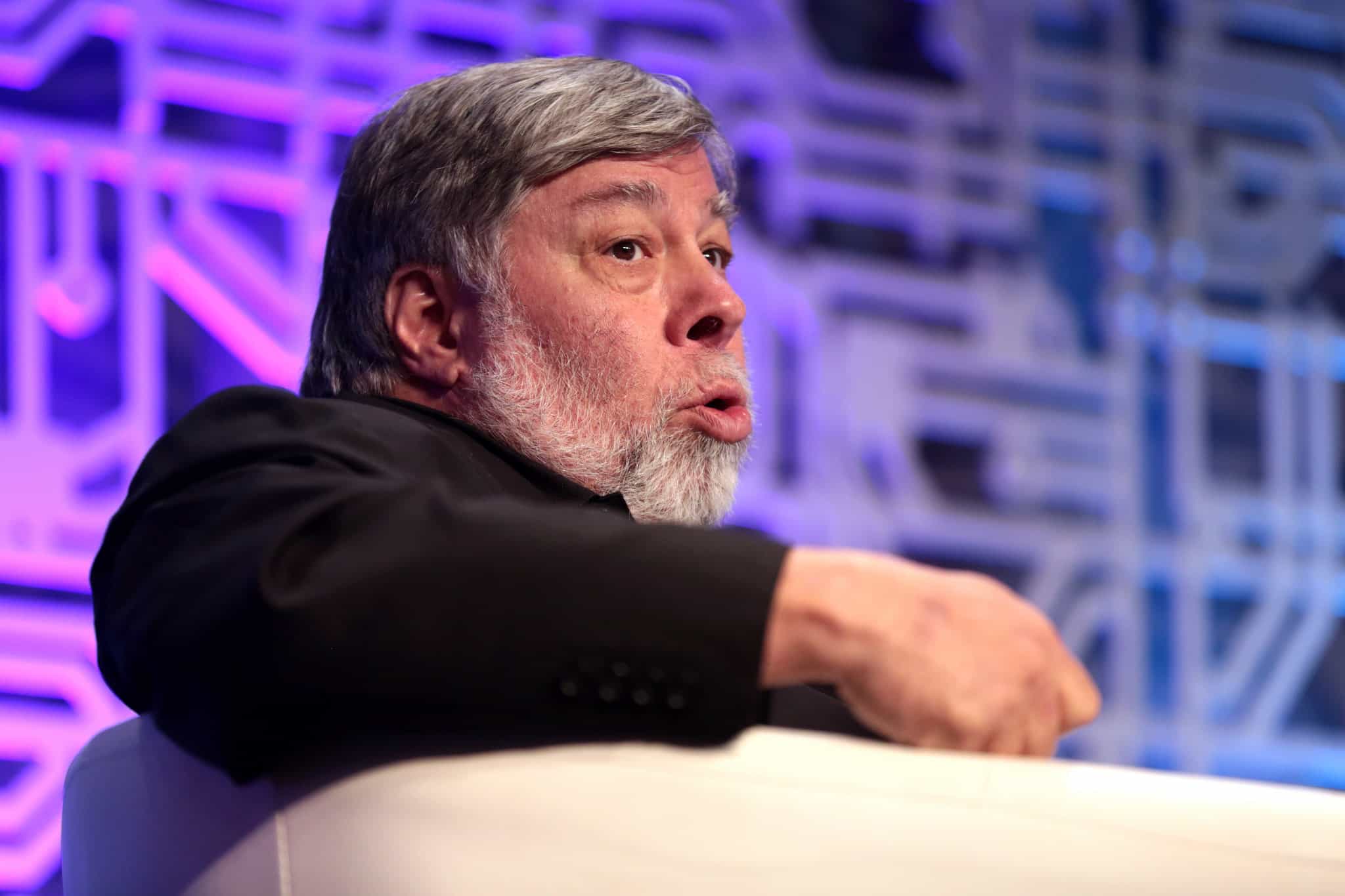
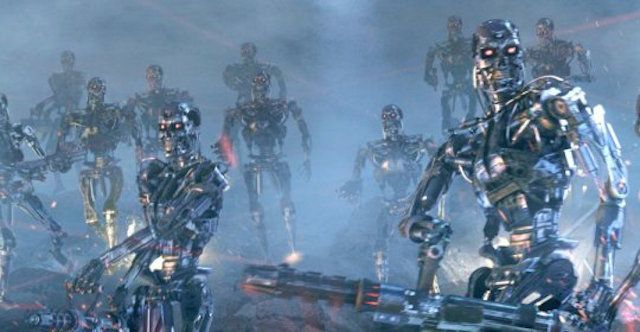
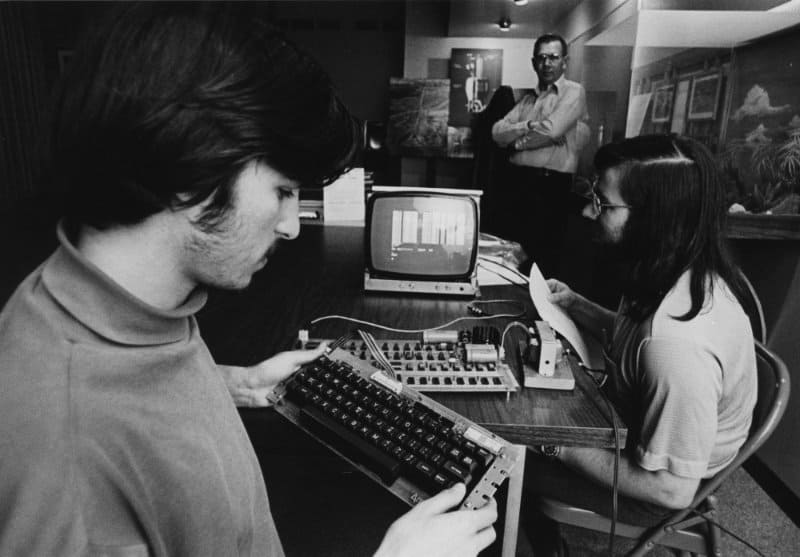
 March 3, 1975: The Homebrew Computer Club, a hobbyist group that will help spark the personal computing revolution, holds its first meeting in Menlo Park, California.
March 3, 1975: The Homebrew Computer Club, a hobbyist group that will help spark the personal computing revolution, holds its first meeting in Menlo Park, California.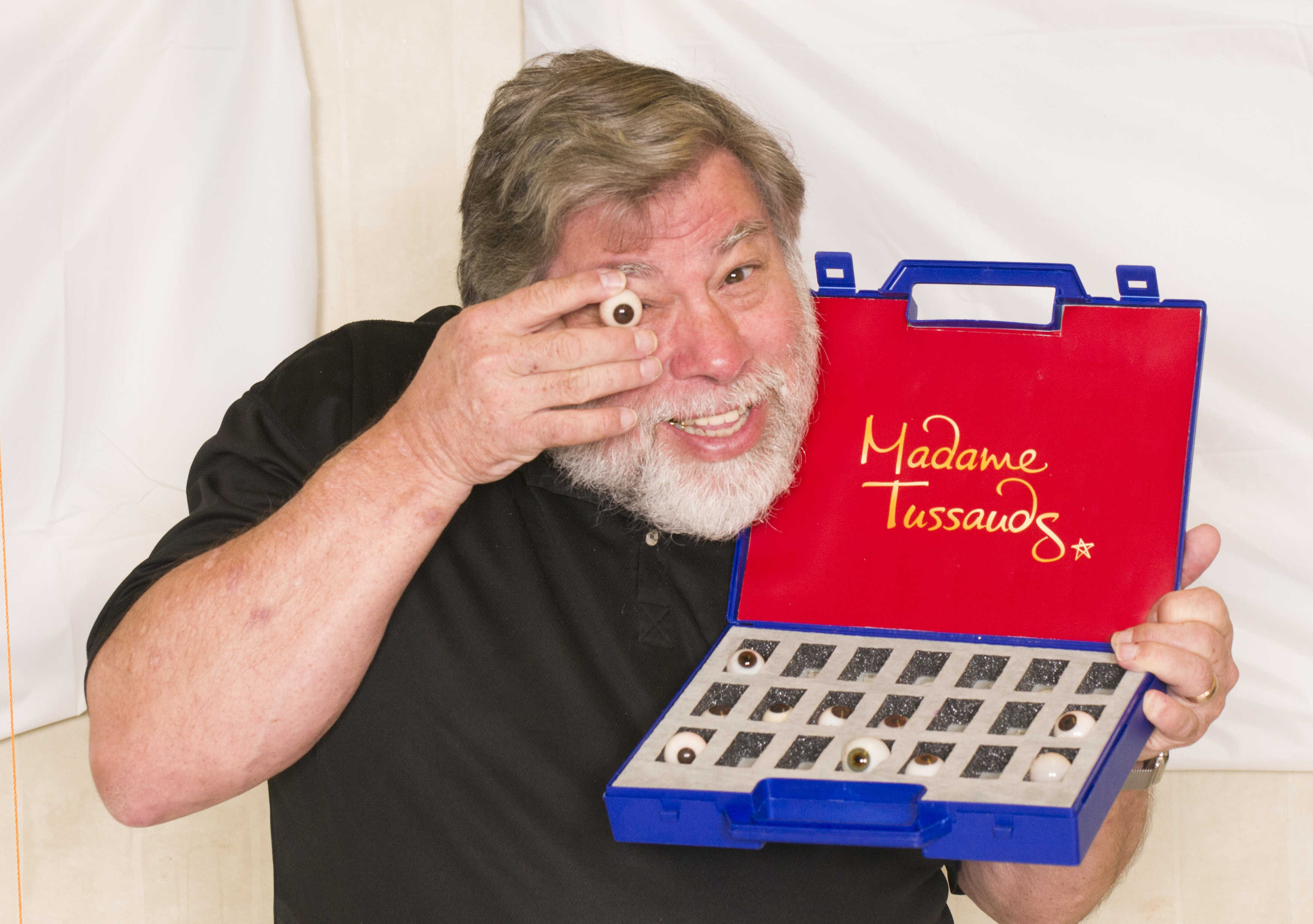
 August 11, 1950: Apple co-founder Steve Wozniak is born. While Steve Jobs may be the most admired Apple figure, Woz might be the most well-loved by fans.
August 11, 1950: Apple co-founder Steve Wozniak is born. While Steve Jobs may be the most admired Apple figure, Woz might be the most well-loved by fans.